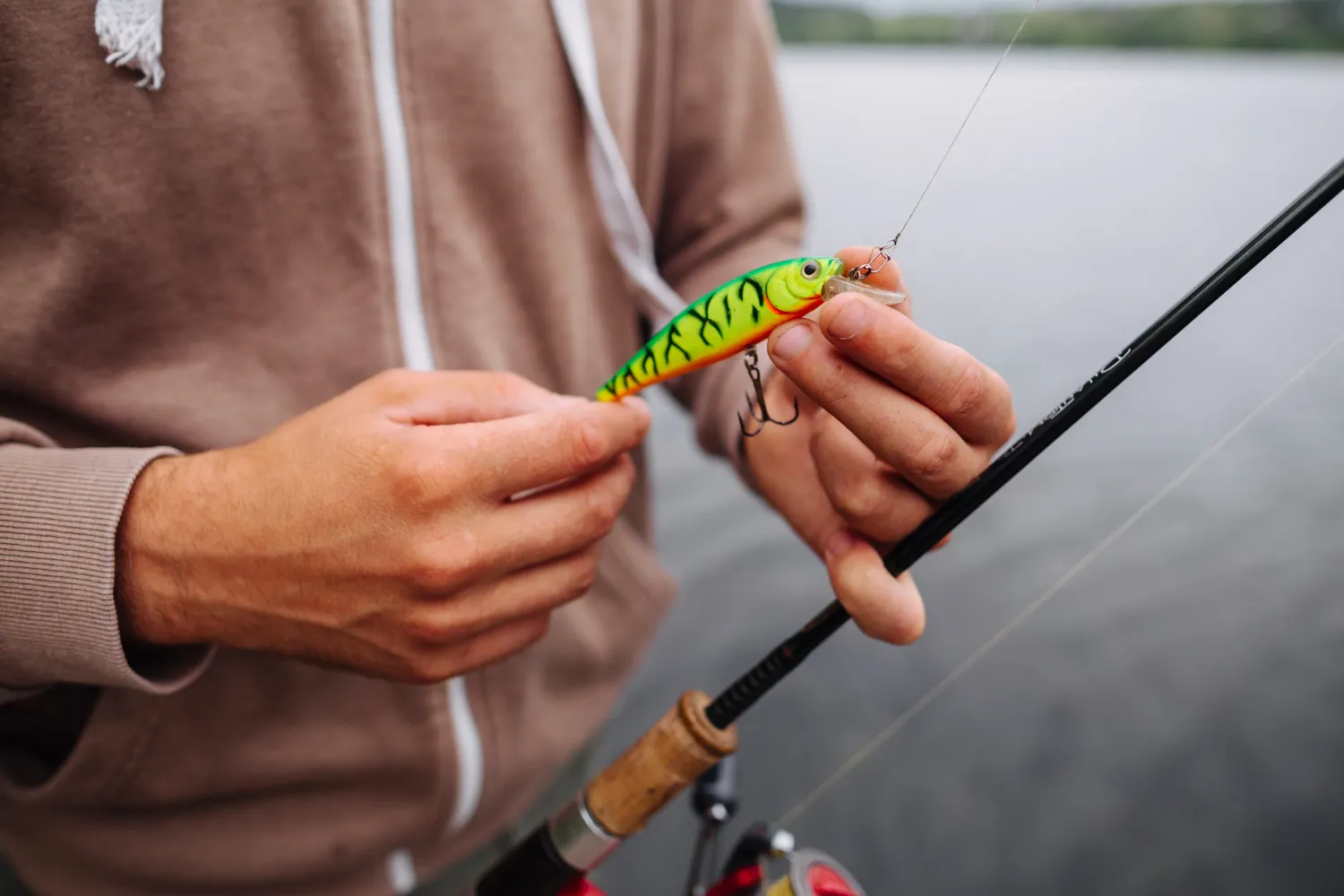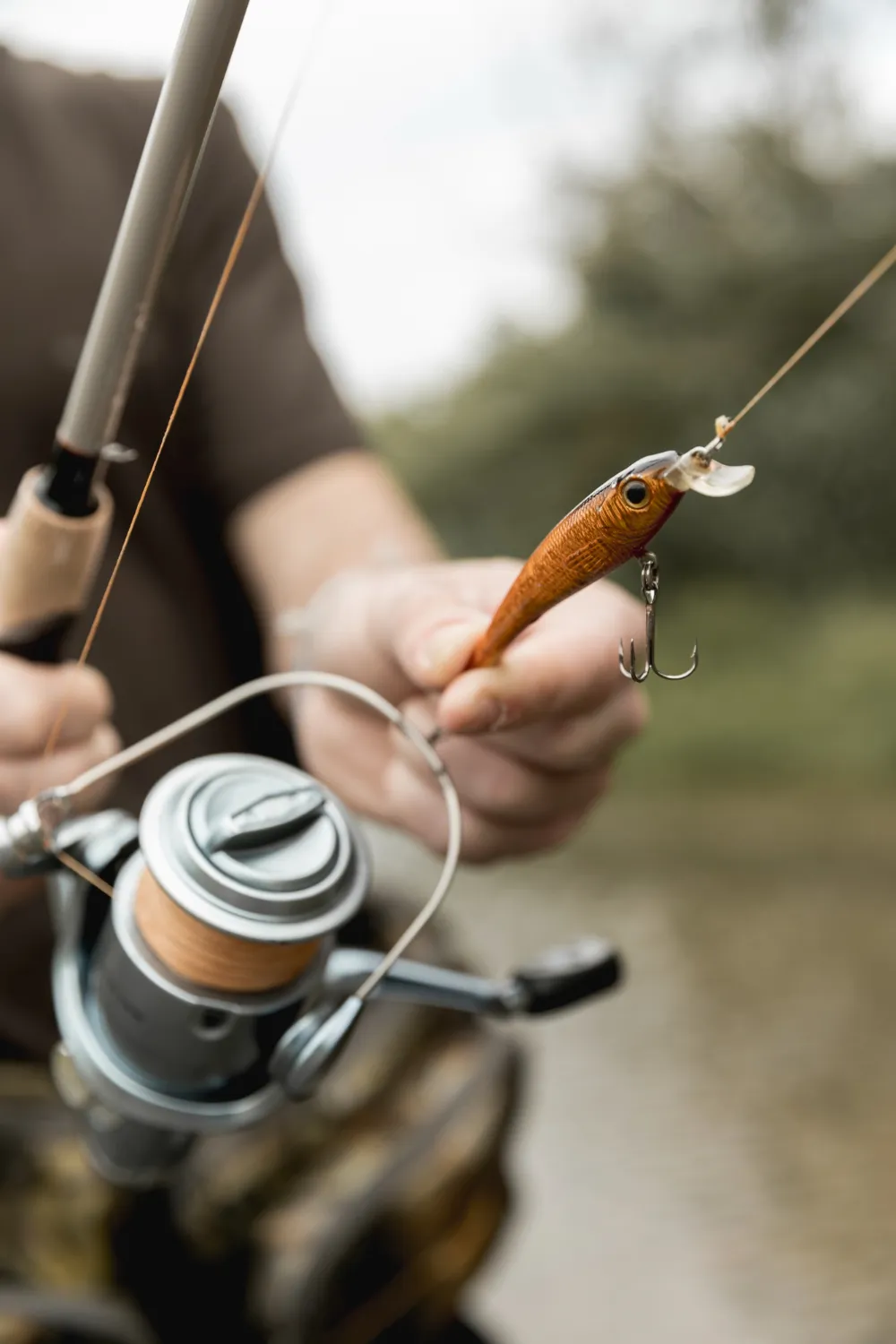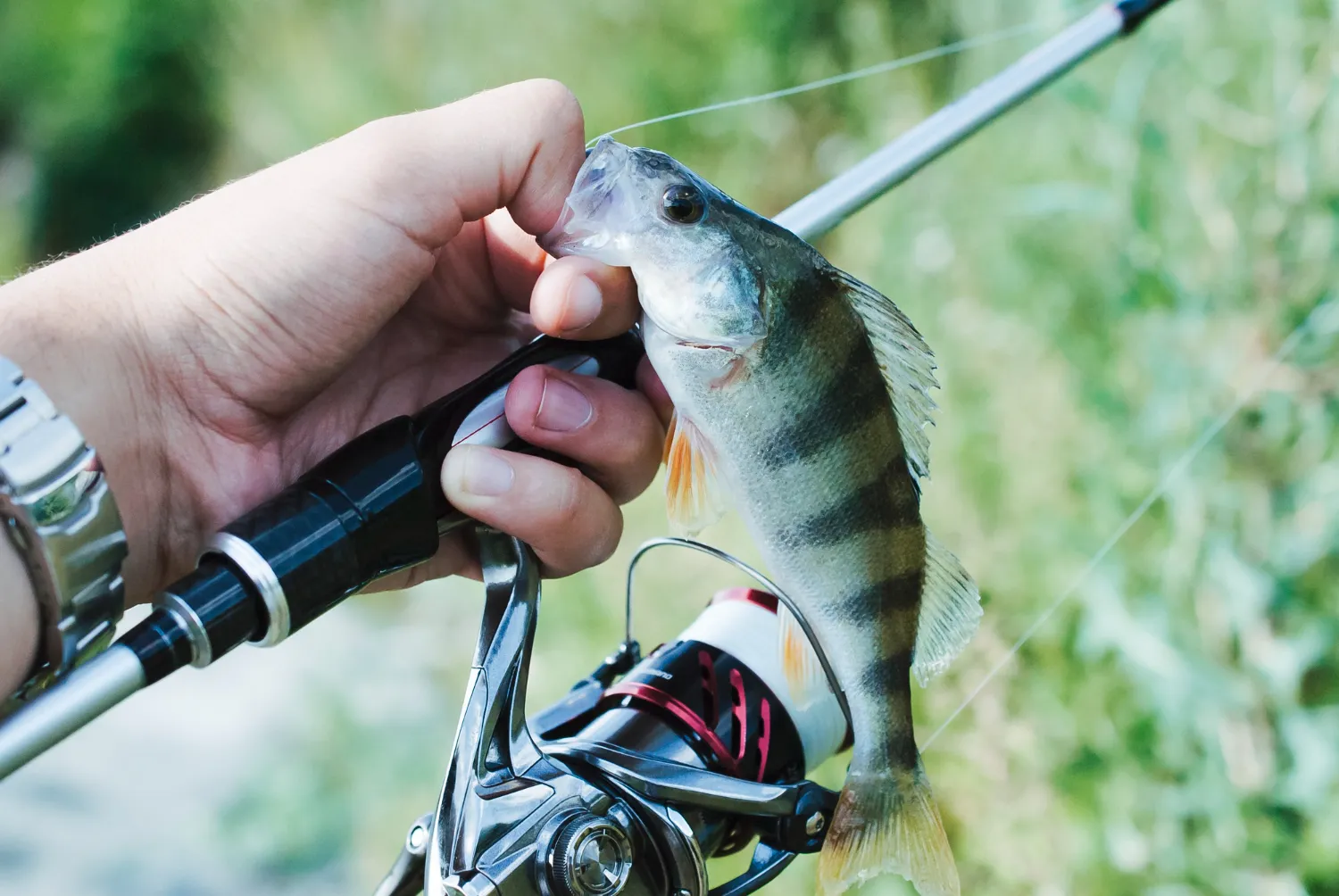Hard Bait vs Soft Bait
- Posted on
- 0

The Great Debate: Hard Bait vs Soft Bait
Fishing enthusiasts and anglers alike have long debated the age-old question: which is better, hard bait or soft bait? This topic has sparked countless discussions and arguments among fishing communities, with each side passionately defending their preferred type of bait. But when it comes down to it, is there really a clear winner in this great debate? Let's dive into the world of fishing, and explore the differences between hard and soft bait, and ultimately determine which one reigns supreme. Get ready to cast your line and join us as we explore the never-ending battle of hard bait versus soft bait.
Fishing Techniques with Hard Baits
Let's venture into some proven techniques to make the most of your hard baits:
Casting and Retrieving:
Simply cast your hard bait and reel it back. Vary the speed and direction to mimic the behavior of wounded prey, which often entices predatory fish.
Trolling:
Trolling involves dragging your hard bait behind a moving boat. The constant motion gives a lifelike appeal to your bait, attracting various fish species.

Jerking:
Cast your bait and jerk the rod tip periodically during retrieval. This creates a darting motion, adding to your bait's allure.
Crankbaits:
With a built-in lip, crankbaits dive when retrieved, ideal for bottom feeders. Vary the speed of your retrieve to alter the bait's diving depth.
Fishing Techniques with Soft Baits
Mastering soft bait fishing techniques can significantly enhance your angling success. Let's explore some proven methods:
Texas Rig:
This weedless rig, ideal for fishing in dense cover, involves threading your soft plastic bait onto a hook and securing it with a bullet weight. - Carolina Rig: This bottom-bouncing technique uses a soft bait, often a worm or lizard imitation, trailed behind a weight and a bead. It's an excellent method for attracting bottom-dwelling species.
Drop Shot:
A finesse technique, the drop shot involves presenting your soft plastic bait above a weight. The resulting subtle movements can be irresistible to fish, making it an excellent trout bait.
Jigging:
Attach a soft bait to a jig head and use an up-and-down motion to mimic the action of a baitfish. This is highly effective when targeting species in deeper waters.
Wacky Rig:
In this unique rig, your soft bait is hooked through the middle, giving it an erratic, falling motion that often entices cautious fish. Experimenting with these techniques can enhance your soft bait fishing prowess, increasing your chances of a successful catch.
The Pros and Cons of Hard Bait
When it comes to weighing the benefits and drawbacks of hard and soft baits, the context matters significantly.

Pros of Hard Bait
Let's take a moment to delve deeper into the key advantages that hard baits bring to the fishing table. While we've brushed over a few of these throughout our exploration, it's time to reel in a detailed understanding of their true benefits:
Durability:
The robust construction of hard baits, typically from wood or plastic, offers exceptional durability. They can withstand the tough jaws of your catch without getting torn or damaged, giving them a longer lifespan compared to soft baits.
Versatility in Action:
With hard baits, you've got a smorgasbord of action possibilities. From topwater performance to deep diving antics, hard baits cater to a wide range of fishing techniques. This ability to mimic different types of prey behavior can prove advantageous in enticing diverse fish species.
Effective in Turbulent Waters:
The sturdy nature of hard baits allows them to maintain their stability even in turbulent waters, making them an ideal choice when fishing in choppy conditions. High Visibility:
Thanks to their variety in colors and sizes, hard baits offer high visibility. They can attract fish from afar, particularly in murky waters where visibility is limited.
Cons of Hard Bait
Despite the numerous advantages hard baits bring to the fishing table, they do come with a few disadvantages that every angler should consider. Let's cast our line into the pool of cons associated with hard baits:
Lack of Realism:
Hard baits, while enticing, lack the lifelike appeal of their soft bait counterparts. The rigid structure of hard baits can't fully emulate the natural movement of live prey, which can sometimes result in less successful strikes.
Limited in Dense Vegetation:
Hard baits struggle in areas with dense vegetation. Unlike soft baits, their hard structure can get caught or tangled in thick cover, making them less efficient in such conditions.
High Maintenance:
Unlike soft baits, hard baits come with added maintenance. Treble hooks on hard baits can get snagged and require constant care to keep them free from debris and in optimal condition.
Potential to Scare Fish:
The loud rattles and vibrations of hard baits can sometimes work against you, scaring away more timid fish species instead of attracting them. This can limit the effectiveness of hard baits in certain fishing scenarios.
The Pros and Cons of Soft Bait
In the world of fishing, soft baits are often lauded for their realism and versatility. Let's examine their major pros:
Pros of Soft Bait
Soft baits have long been a favorite among anglers, thanks to their array of convincing features. Let's cast a line into the pool of benefits that come with using soft baits:
Realistic Presentation:
Soft baits mimic the texture and movement of live prey with uncanny realism. Their pliability allows them to emulate the wiggles and squirms of natural forage, effectively enticing fish. This lifelike simulation can make a huge difference in triggering a fish's predatory instincts.

Adaptability:
Soft baits are incredibly versatile. They can be rigged in a plethora of ways to match your fishing situation, from the popular Texas and Carolina rigs to the unique wacky style. This versatility allows you to adapt your bait presentation to suit your target species' preferences, enhancing your chances of a successful strike.
Stealthy Approach:
The quiet operation of soft baits can be advantageous when targeting wary or easily spooked fish. Without the loud rattles and vibrations of hard baits, soft baits can subtly sneak into a fish's territory without alarming them, increasing the likelihood of a bite.
Effective in Dense Cover:
The soft, flexible nature of these baits allows them to navigate through thick vegetation without getting snagged, reaching the hidden spots where fish often lurk. This ability can be a game-changer when fishing in areas with heavy cover.
Cons of Soft Bait
Even though soft baits offer a plethora of advantages, they also come with a few setbacks that need careful consideration. Let's delve into these challenges:
Fragility:
Despite their authentic allure, soft baits can't match the robustness of their hard counterparts. Their soft material can be easily torn or damaged, especially when aggressive fish species are involved. This susceptibility can hinder the longevity of your bait, requiring you to replace it more often during a fishing trip.
Performance in Turbulent Waters:
Soft baits, due to their pliable nature, may struggle to maintain their intended action in rough water conditions. They might not hold their ground as effectively as hard baits, potentially reducing their appeal to fish.
Replacement Costs:
Although each individual soft bait may not be expensive, the regular replacement due to damage can add up over time. These ongoing costs can make soft baits a pricier option in the long run.
Lack of Noise and Vibration:
Unlike hard baits, soft baits are quiet and produce less vibration in the water. This might limit their effectiveness in attracting fish, especially in murkier waters where visibility is low.
Tips for Choosing the Right Hard or Soft Bait
Embarking on a quest to find the perfect bait? Let's arm you with some practical tips. Primarily, evaluate the species of fish you're pursuing. Some species respond better to the lifelike allure of soft baits, while others are more attracted to the vibrant action of hard baits. Also, consider the prevailing water conditions. For instance, turbulent waters may favor the sturdiness of hard baits, while dense vegetation might call for the flexibility of soft baits.

Lastly, let your personal fishing style guide you. Do you prefer the rush of a quick catch or the thrill of a slow and strategic approach? Remember, there's no one-size-fits-all when it comes to fishing. Dare to experiment with different bait types, refining your strategy until you hit your sweet spot. Happy fishing!
Conclusion
In conclusion, the great debate between hard bait and soft bait truly comes down to your personal preference, the targeted fish species, and the fishing conditions. Each bait has its strengths and weaknesses, and understanding these can help enhance your fishing experience. Remember, it's not about pitting one against the other, but rather understanding when to use each one effectively. Ultimately, fishing is a blend of science, strategy, and personal touch. So go out there, experiment, and find what works best for you. Should you need further assistance or have any queries, feel free to contact us.

Comments
Be the first to comment...